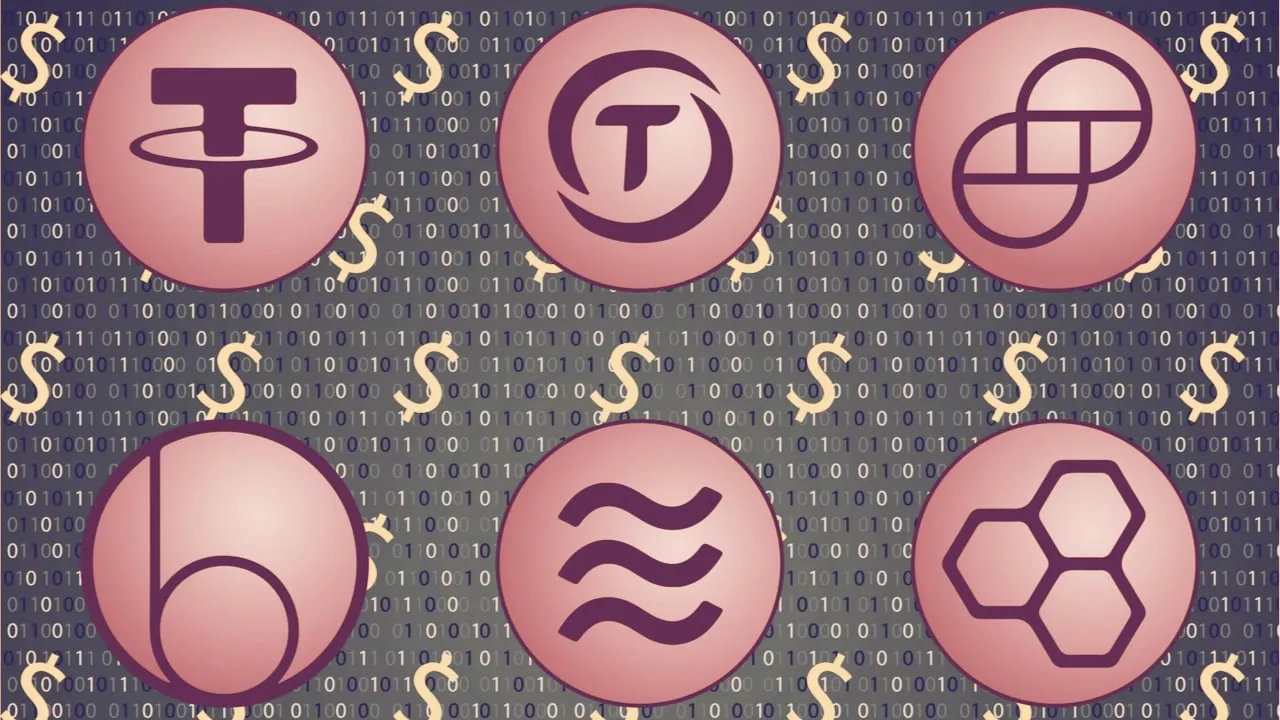In brief
- Economic uncertainty owing to the spread of COVID-19 has sent many investors rushing to the relative safety of stablecoins.
- Asset allocation has been highly variable, with Binance and Huobi coins capturing the lion’s share and DAI falling short.
- Ethereum users locked up ETH in Tether while TRON users moved assets in the opposite direction.
Amid sky-high economic uncertainty from the effects of the coronavirus, stablecoins have experienced stunning inflows of value—but not all platforms have benefitted equally.
Between March 18 and April 1, the supply of stablecoins grew more than 60%. BUSD and HUSD, the Paxos-powered stablecoins built for Binance and Huobi, added a stunning 278% and 56%, respectively, to their total supply in that short time. On the other end of the spectrum, DAI supply increased just 10% as investors shunned the DeFi-powered stablecoin after significant flaws in the platform were revealed during the ‘Black Tuesday’ crypto crash.
According to a spokesperson for Paxos, the digital asset infrastructure company behind BUSD and HUSD, the source of recent supply growth in those coins isn’t all established crypto investors. Paxos told Decrypt, “We are also seeing customers who are purchasing digital assets for the first time” as they recognize they can hold dollar-pegged assets that are accessible outside of traditional banking hours. “When both traditional and crypto markets present unpredictable volatility, this is valuable.”
Paxos’ director of communications, Rebecca McClain, also noted growing interest in the Paxos gold-backed PAXG token. “Customers are interested in gold now more than ever,” she told Decrypt. “We’ve seen PAX Gold grow more than 50% to $25M over the past week. We are getting a lot of new customers who are moving into digital assets for the first time, driven by the desire to own more physical gold quickly.”
Paxos Gold is regulated by the New York State Department of Financial Services, unlike competing product Tether Gold, giving it extra weight with traditional investors looking for some stability in crypto markets.
So what does all this competition mean for Tether, the largest and best-known stablecoin asset? Well, it’s mixed news, depending on where the capital inflows are coming from.
Tether indeed saw massive Ethereum inflows, experiencing a particularly large jump in Tether lockups between March 19 and 20, when ETH prices rose nearly 30% to a post-crash high of $150. Investors moving into stablecoin assets on such a run-up could indicate a flight to safety and expectations that ETH prices have further to fall while waiting for relatively far-off protocol upgrades. Since March 18, tethered ETH supply has increased more than 92%.
But TRON has been a notable outlier. Although the TRON token experienced a price jump comparable to ETH in the March 19-20 time frame, the native TRON token saw outflows from Tether lockups of more than 34%.
The TRON draw-down coincided with the Hive hard fork from the Steem blockchain. The timing could indicate expectations from TRON investors that the departure of uncooperative members of the Steem community would be a short-term boon for the platform recently acquired by TRON founder and CEO Justin Sun, ultimately strengthening the TRON ecosystem.
In the aftermath of that large outflow Tether has seen some TRON return to the service, but the total supply on April 1 was still down more than 12% from March 18 levels.

